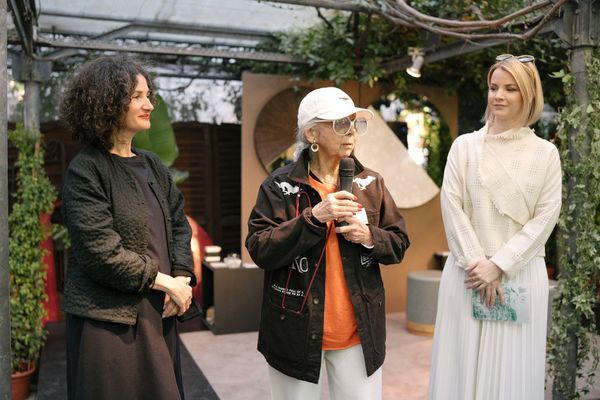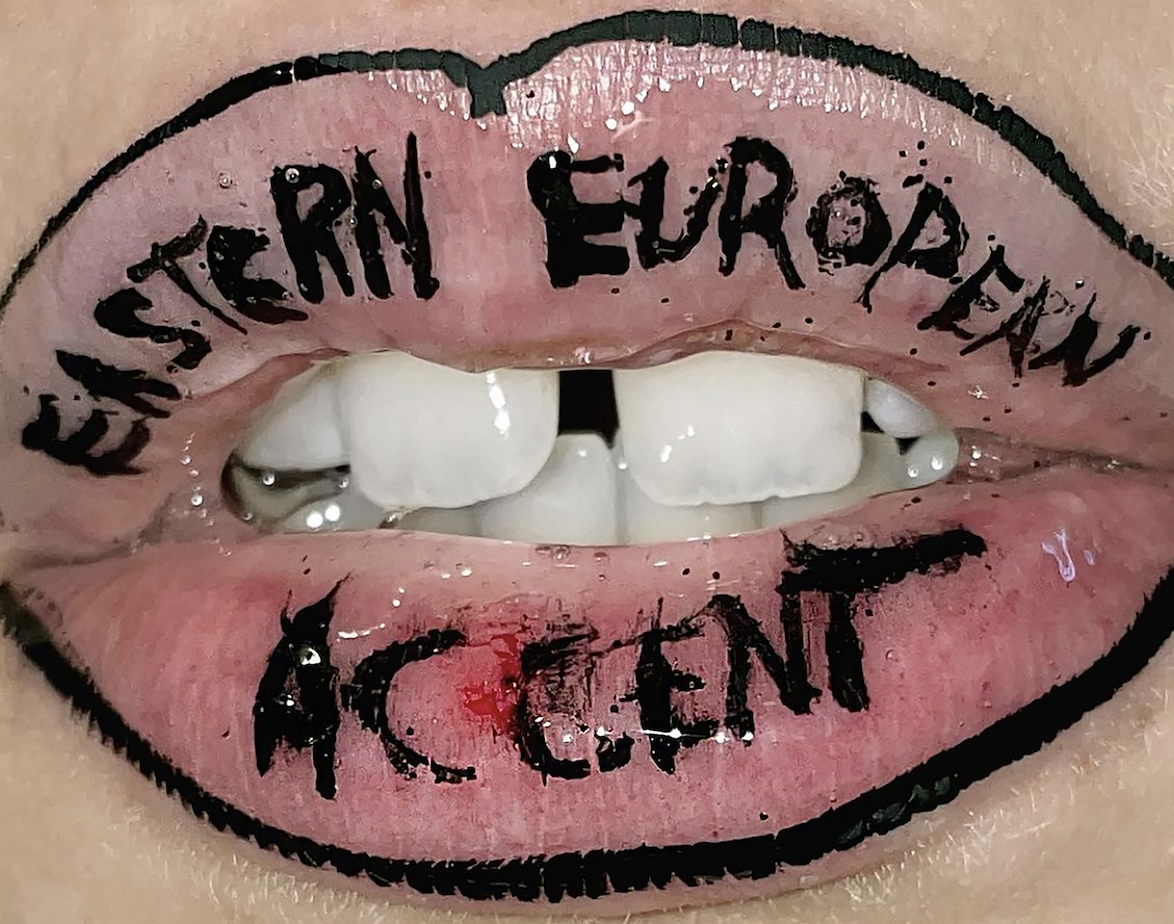It almost hurts to look, but we can’t take our eyes off them: the pictures of Eszter Magyar, makeup artist of the Instagram page Makeupbrutalism, have traveled the world while turning traditional aesthetics upside down. Although she received a lot of criticism online, she has worked with brands such as Gucci and Byredo.
You are a professional makeup artist. When did you turn from the standard smokey eyes to a more raw, artistic approach?
It all started with me not really wanting to be a makeup artist when I started the training, but I was desperate at the age of twenty-one–twenty-two that I wasn’t good at anything and would never become anything. Having worked as a stylist’s assistant for a while, and having always been interested in fashion photography, a friend of mine suggested I try makeup as it was ‘close’ to everything. I gave it a try and fell in love with it immediately.

I had been doing makeup for four or five years when I noticed two things about myself. The first was that I would get terribly annoyed when they would bring child models of fourteen or fifteen (or younger) to the photo shoot, and as instructions, the adult editor-in-chief would tell me to ‘make the girls look pretty’. This got me thinking for the first time about what beauty is, or who has the right to determine how it should manifest itself on a human face. The second was that I felt completely stuck. Even though it is supposed to be a very creative profession, basically, everyone kept asking me for the same thing. Yet, when I was finally asked to do something unusual, I just stood there, not knowing what to do. It was really shocking. It’s like when you have a blank sheet of paper in front of you, you could draw anything on it and nothing comes to mind. So I went home, sat in front of the window, unpacked my kit, and started playing with it on my own face. At first, I was mainly interested in colors, shapes, and textures, but as time went on I became more and more conceptual. What is makeup really? What does it mean and how does it relate to women’s reality in a patriarchal society? I wanted to understand my own taste, what I myself find beautiful, exciting, or interesting. I documented and analyzed everything. I uploaded it to my Instagram page at the time, and to my surprise, it generated much more interest than my editorial work, which, by the way, I was very proud of.

Where did the term brutalist come from? Do you have any personal connection to the Brutalist architectural style?
It was because of these pictures (and the extended aesthetic) that the makeup school I had studied at invited me to hold a workshop on creative makeup techniques. When the presentation was done, it crossed my mind how uncreative it was to name a ‘creative’ workshop that, so I needed a better name. At the time I was watching a lot of documentaries about brutalist architecture, I liked how raw it is, it doesn’t try to hide anything or pretend, and there are no compromises. That’s where the name Makeupbrutalism came from, which I think a lot of people still don’t know to this day. If I had known then that in five years’ time, I would have to introduce myself to people this way, I might have thought about it a bit more. The project got its own account after the workshop in 2018.

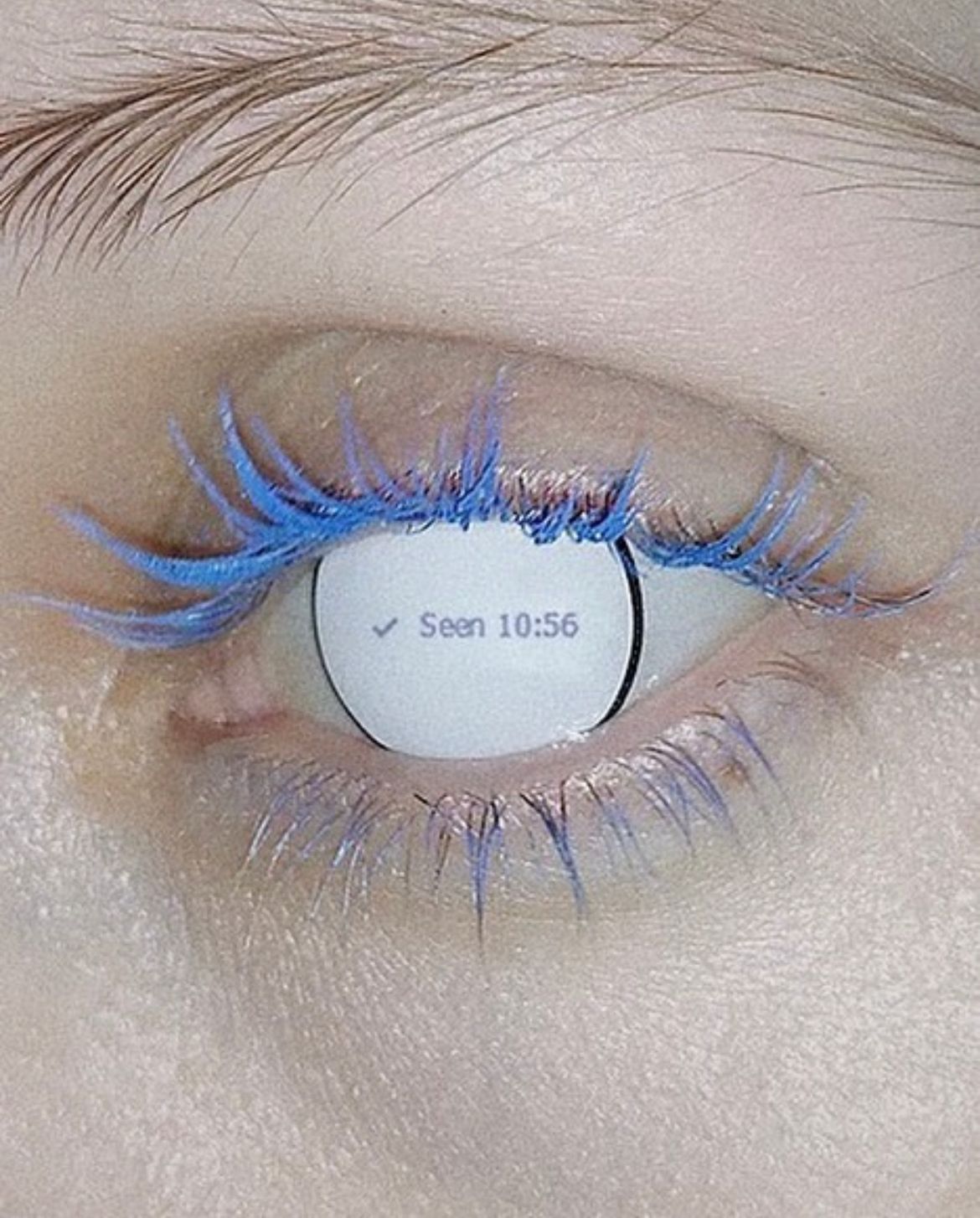

How did you cope with being referred to as the most hated beauty account on the internet for a while? And how do you live with the hateful comments on your face?
This was a pretty damn good marketing ploy on my part because I it was me who posted it on my Instagram first (it wasn’t hard to see how I got people all worked up) and the magazines picked it up. Quite a few articles were written with headlines like that. The truth is that the project was never about gaining fame, work, or recognition—I simply wanted to understand myself, my own aesthetic sense, so what others think about it/me is completely irrelevant. There is not even room for constructive criticism here, as I am not trying to be ‘better’. I had a stable career and I wasn’t dependent on the success of Makeupbrutalism, so I could freely, fearlessly, and honestly fool around on the internet. If someone doesn’t like my visual world, it doesn’t affect my work, at least not in a negative way. Over time, it got fully integrated, I deal with it a lot visually, but it doesn’t offend or hurt me. I like to recycle every reaction in some form. Being in the online space is an important part of what I do. It’s really strange to realize that I learned to love my face alongisde these comments. At first, it was just my eyes, then my mouth with the mole underneath that people named MoleTicia Addams (unfortunately it had to go), then my teeth. It took a lot of courage to reveal each new detail, but I didn’t want to be limited to just eyes. When all the horrors were written down in the comments—which, by the way, I had thought about myself before—they suddenly became ridiculously dramatic and the balloon burst.



When was the first major brand commission that specifically sought the aesthetics of Makeupbrutalism?
My first major series was about ‘productlessness’: whether it is possible to do makeup without using makeup products. Whit this I wanted to create my own definition of what makeup is—because there are thousands of different ideas about it. I made makeup out of all sorts of objects and food, and at some point, I realized that cosmetics are not essential for makeup. It’s enough to imitate a classic form. From there, it was just a leap to see what would happen if I broke up the form as well. Under every post, people were at each other’s throats about whether this was makeup or not. On that note, I was first featured on Dazed Beauty, and then during Covid, it was one article after another. It’s probably the reason I got my first brand deal, which was Gucci Beauty in 2020. I’ve been very lucky to have worked for many similar high-end clients during my content-making years, such as Byredo, Farfetch, and Victoria Beckham Beauty.
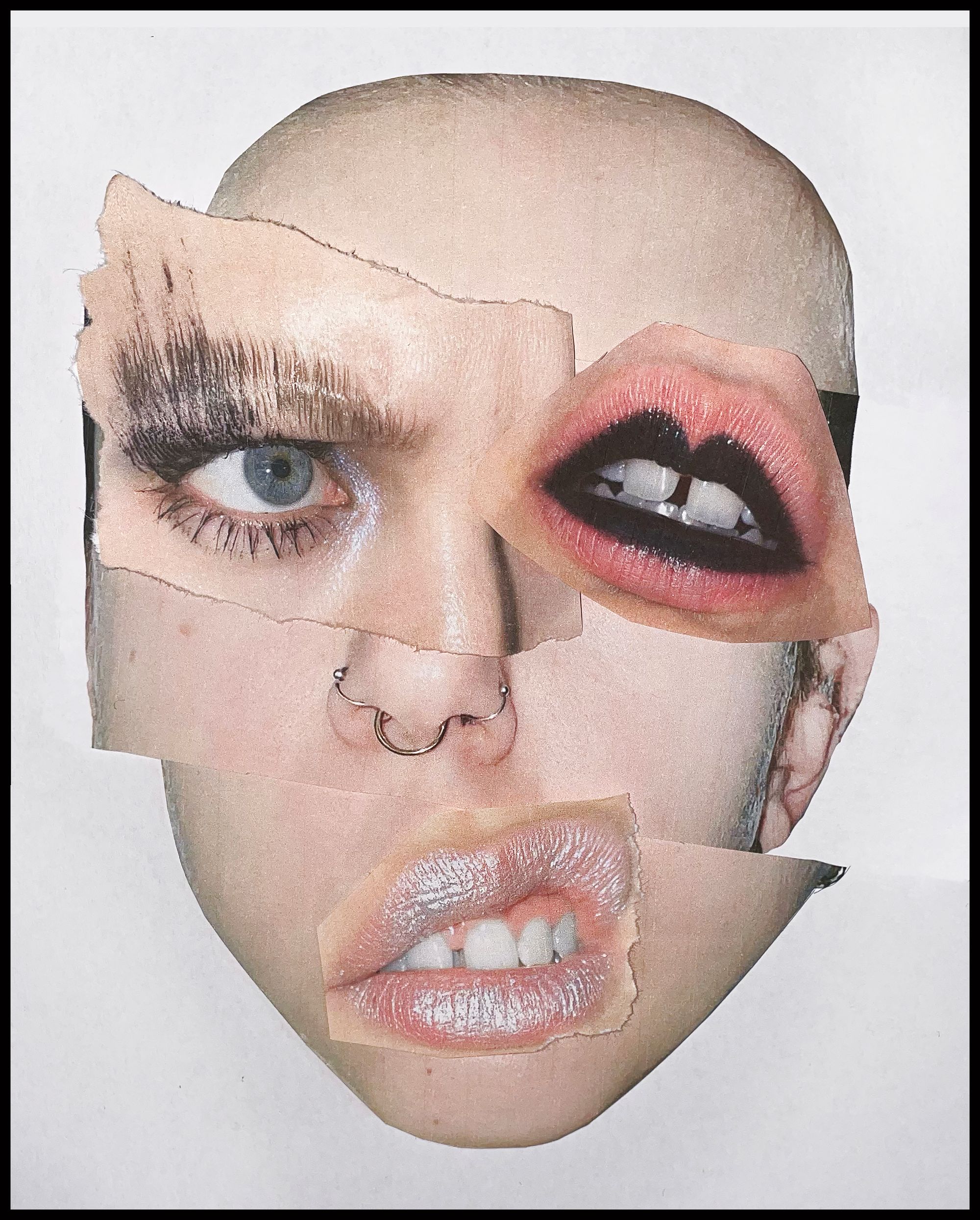
How did you end up in your current job as an art director?
In 2019 I moved from Hungary, first to Berlin and then to London. Back home I was still a makeup artist, in Berlin, I started my career as a content creator, and here in London, it turned into the art director position I have today. I think I can say that my whole life has been changed by social media. The beauty brand I work for today is a British startup, THE UNSEEN BEAUTY. I know them because I used to create content for them. It soon became clear that we think alike about a lot of things, we have similar ideas about what the future of the beauty industry could be. It’s a very interesting brand by the way, innovation and material science-based, with a lot of artistic inspiration. I was a creative consultant for a couple of months at the company, and now I’m an art director. This is probably the thing I’m most proud of in my 12-year career.
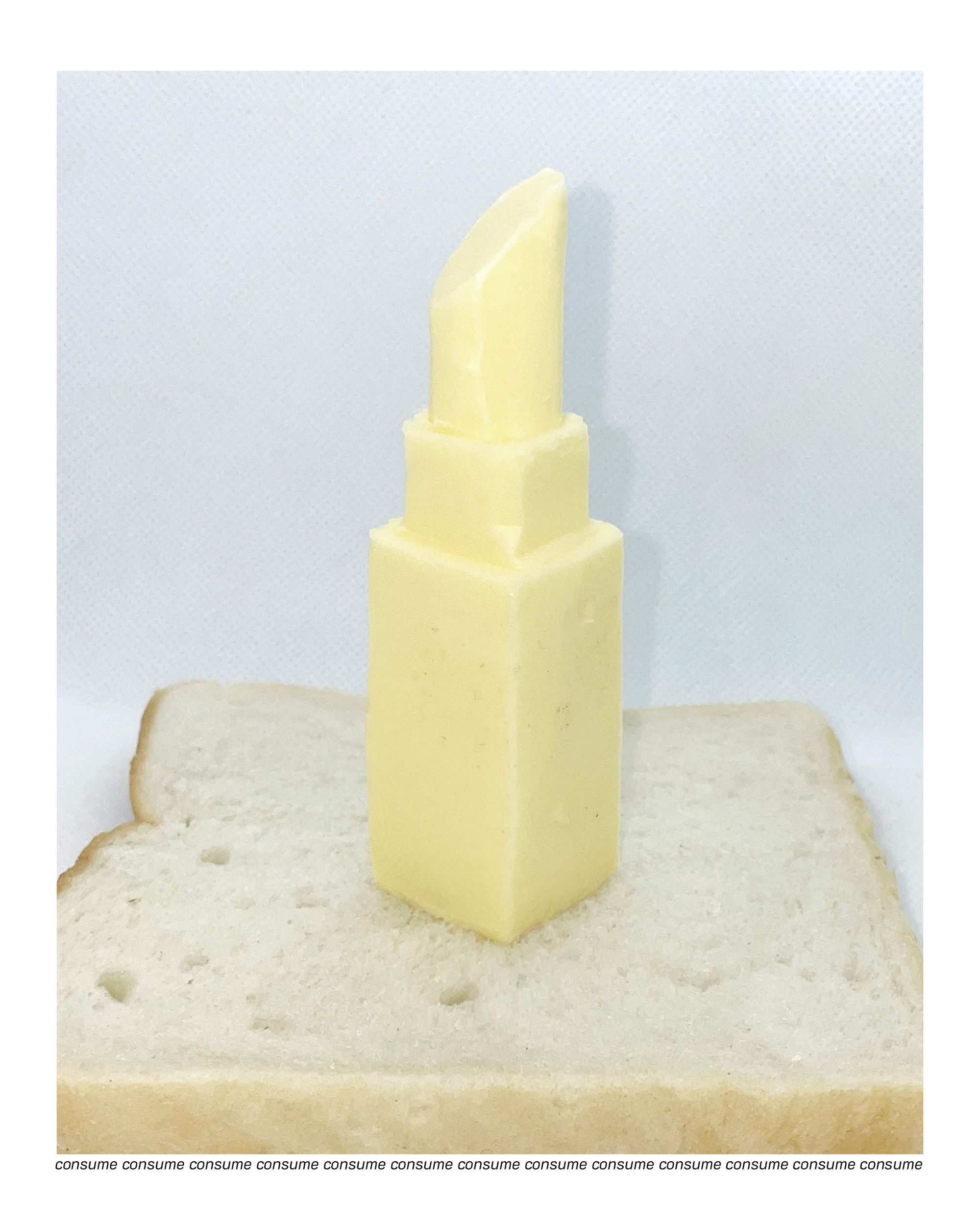

What is the next big step for your brand, especially offline?
I think Makeupbrutalism works well because I let it change organically: I only do what I’m passionate about. I don’t care about trends, I don’t have a need to comply. In a few years, social media and content as such will be dead in my opinion. But that’s okay, ‘more culture, less content’. Makeup as a topic doesn’t interest me that much anymore, I already asked my questions there and I’ve found my answers. Nowadays, I am much more concerned with the image of the female body conveyed by the beauty industry and the feminist conceptualization and radicalization of the female gaze. That’s why I am doing fewer collaborations with brands because I feel that I want to move in a more complex and conceptual direction. This can be probably sensed from the outside, or maybe I’m just the luckiest person in the world, but everything is shifting in this direction organically. For example, as soon as I put these things together in my head, I was approached by two curators, and it looks like I’ll be exhibiting in Vienna and London at the end of the year. It’s already being organized, and right now it feels very strange to be treated like I’m some kind of respected artist (which is far from the truth). It’s quite difficult to break into the art world with a project like this. Of course, through Instagram, I have met curators and art historians who support me and see potential in me, and I am very grateful to them for their courage because most of them just look down on me. But time will tell who is right.

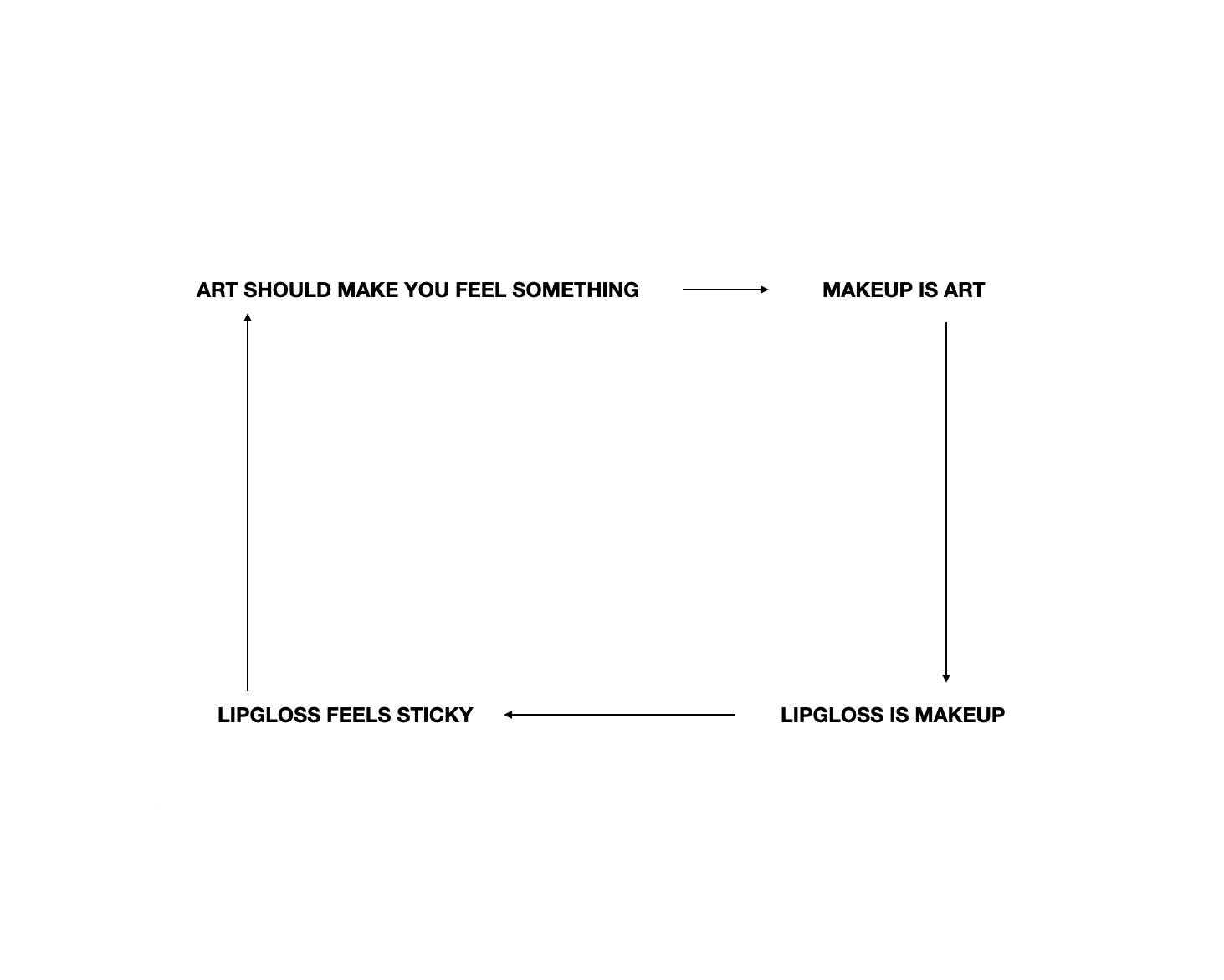

Book+covers | Stanisław Lem: Solaris
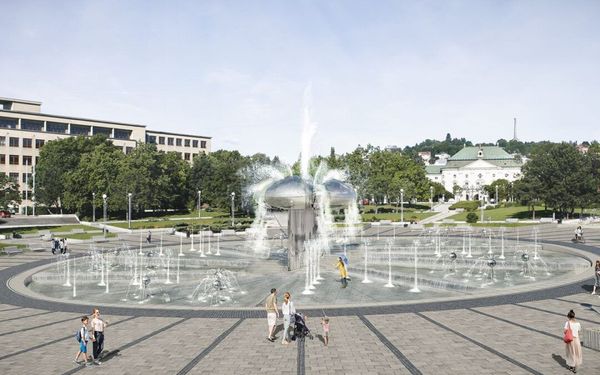
Bratislava’s biggest fountain revived
